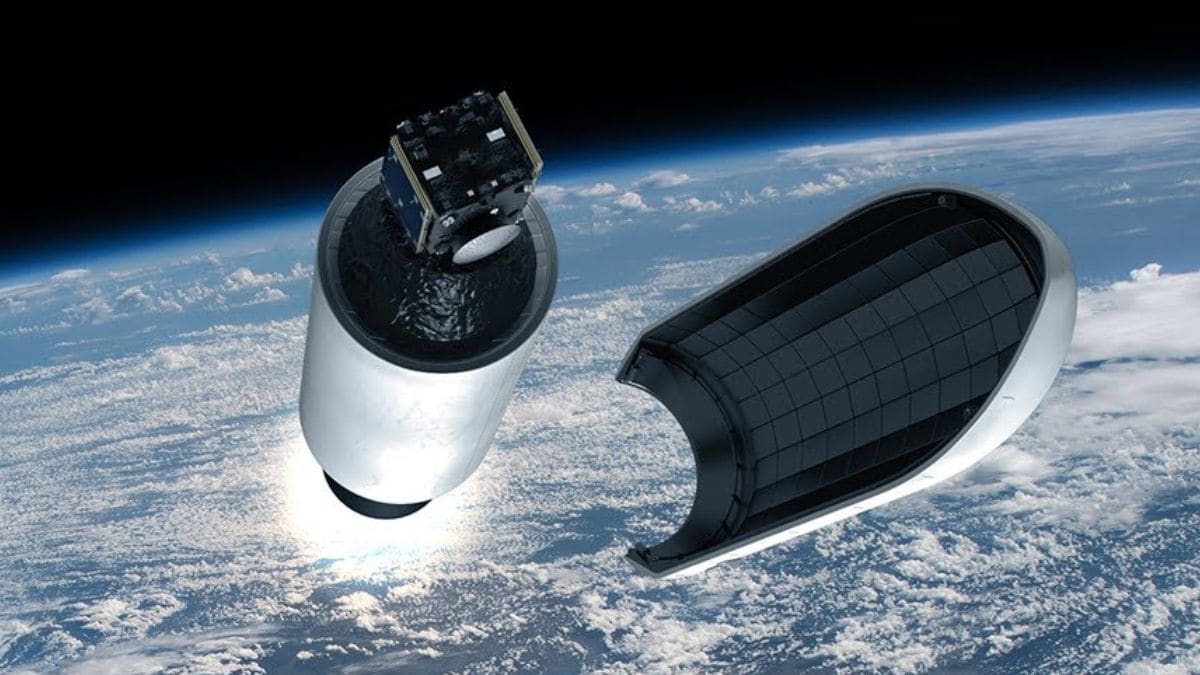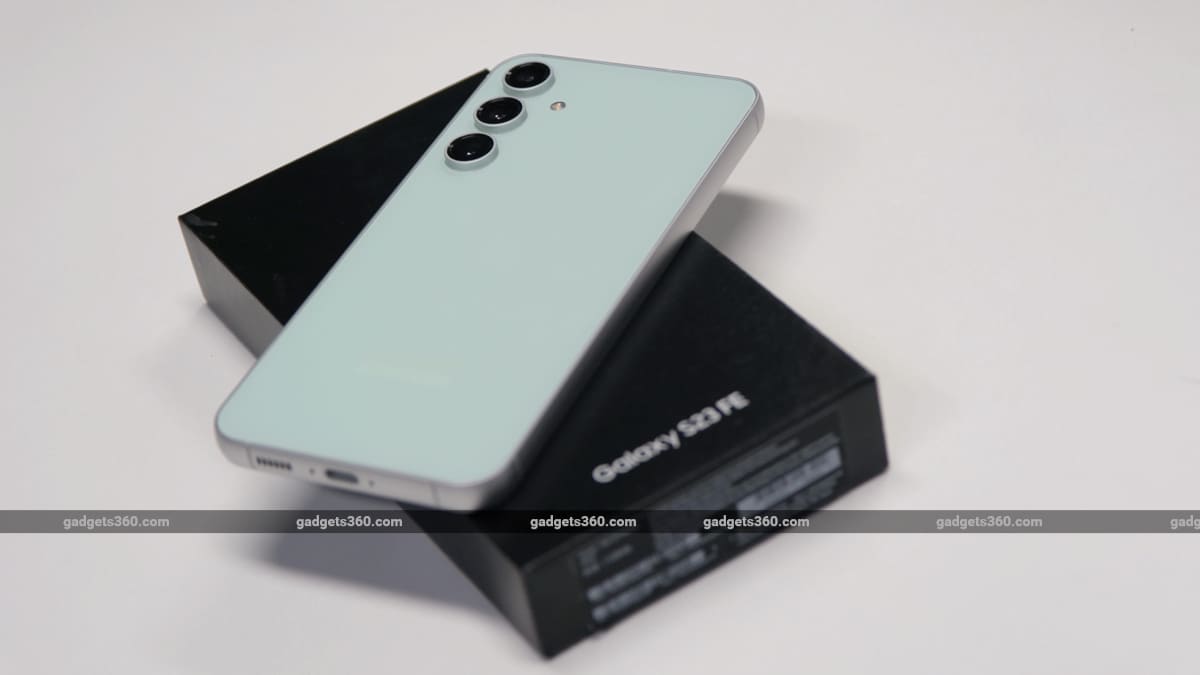The United States space agency NASA made headlines in 2022 with its groundbreaking DART mission, which stands for Double Asteroid Redirection Test. This mission involved a spacecraft deliberately colliding with an asteroid named Dimorphos. The initial outcomes from this collision were promising, indicating that NASA successfully altered Dimorphos’s trajectory. The goal behind the DART mission was to test whether a similar approach could be utilized in the future to redirect an asteroid that poses a threat to Earth.
Upcoming Hera Mission
To further examine the results of the DART mission, the European Space Agency (ESA) is preparing to launch the Hera spacecraft. This mission aims to closely analyze the effects of the DART impact on Dimorphos. Scheduled for launch by SpaceX using a Falcon 9 rocket from Cape Canaveral Space Force Station in Florida, Hera will be accompanied by two mini-satellites, Milani and Juventus. If all goes according to plan, the Hera spacecraft is expected to reach Dimorphos by the end of 2026, taking approximately two years to arrive at the asteroid.
What to Expect from the Hera Mission
Upon reaching Dimorphos, the Hera mission will conduct an in-depth study to determine the size of the crater created by the DART collision. This assessment will provide invaluable data on the impact’s effects and help scientists understand the dynamics of asteroid redirection better.
Understanding Dimorphos
Dimorphos is classified as a small asteroid satellite and was discovered in 2003. It orbits a larger asteroid known as Didymos. The significance of Dimorphos within the broader context of planetary defense cannot be underestimated, as understanding its properties is crucial in devising strategies to protect Earth from potential asteroid impacts.
Results of the DART Mission
The collision during the DART mission successfully shortened Dimorphos’s orbit, reducing its orbital period from 11 hours and 55 minutes to 11 hours and 23 minutes—a remarkable change of 32 minutes. Initial NASA expectations suggested a possible change of just 10 minutes, making the actual results significantly more successful than anticipated.
Implications for Planetary Defense
The results from both the DART and upcoming Hera missions have profound implications for planetary defense. By demonstrating that a spacecraft can effectively alter an asteroid’s path, NASA and ESA are paving the way for future missions that could one day protect Earth from potentially hazardous asteroids. This ongoing research highlights the importance of collaborative international efforts in ensuring the safety of our planet from cosmic threats.
For the latest updates on technology news, gadget reviews, and more, stay tuned for new articles and reports.












